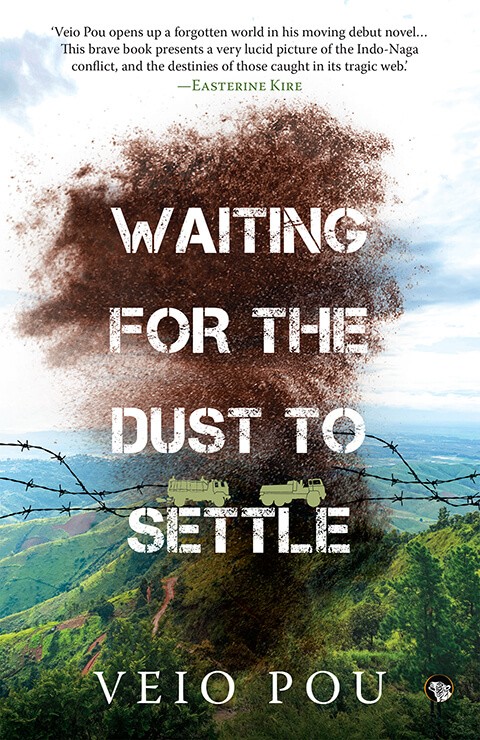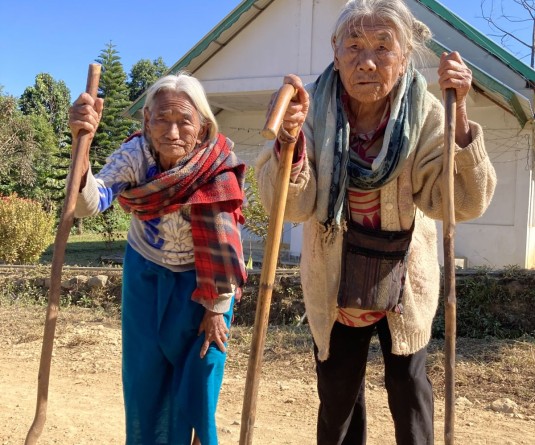
Lhütü Keyho
Department of English, NEHU, Shillong
Veio’s Waiting for the Dust to Settle is a document of immense significance because it throws open to readers a window— one that has hitherto been nailed shut— to a world that has known heartaches and pain in forced isolation for much too long.
Rakovei’s world and its stories are those that dominant narratives strive to occlude. Their histories are those that would otherwise remain excluded because of historiography’s neglect of what it deems are beyond the defined frontiers of its methodology. This is precisely why this winner of the Graham Gordon Prize for Naga Literature in the fiction category is a critical addition to the growing repertoire of Naga writings in English.
I was initially slightly frustrated by Veio’s sparse use of his hero, Rakovei. Anything crucial or, even dangerous, that happens always seems to happen to some other character. It is his maternal grandpa who dies in the custody of the Indian army. It is Lounü, his uncle, and other villagers who face the brunt of the army persecution after the Oinam incident. Later, during the Kuki-Naga clashes, he is again not immediately afflicted. Again, in Delhi, it is his Kuki friend who is the recipient of racist treatment. The protagonist, I thought, was endowed with too less encounters to display any heroism.
It was not until I got to the end of the novel that I realised something important and changed my mind. I realised that Rakovei cannot afford to be, and/or, to behave as swashbuckling as the ‘Amitabhs Bachans’ of the movies. His story is a story of lived experiences, and, unlike the heroes of movies, he does not have nine lives. Anybody who is cavalier in Rakovei’s world, dies, or is maimed. And, dead men don’t tell tales. Rakovei must, then, live to tell the tale of those who don’t make it to the end of the story. Yes, it was not his temple that crushed against the butt of a gun. It was not the soles of his feet which were whipped and drained of blood by lathis. It was not his spine that was crushed by boots. It was not him who delivered a still birth in the open field, in the rain, in the gaze of all. And yet, he becomes the voice of all these people around him who suffers greatly and whose voices are silenced by the politics of intolerant brutes and totalitarians on pedestals. And in being this voice, he becomes heroic.
I also thought that the author intentionally lets go of opportunities that he could have made use of to re-imagine the thought processes of the suffering Naga, when iron bars were rolled down shins, when bodies were left dangling on ropes, hanging by bleeding legs for days. Using these he could have gone at length, developing a whole discourse on belongingness, loyalty, love, hate, etc. He could have thrust the tale home. But this novel, besides telling tales of loss and suffering of the Naga people, is also a tale that wants to talk peace and forgiveness. And how do you bring about healing if you keep ripping open old wounds?
Veio, as established as he already is, shows promises of even greater accomplishments. I, for one, am eager for what comes of his pen next.
Waiting for the Dust to Settle is published by Speaking Tiger. Priced Rs 399, it is available for purchase at The Common Room, Kohima and on Amazon.




